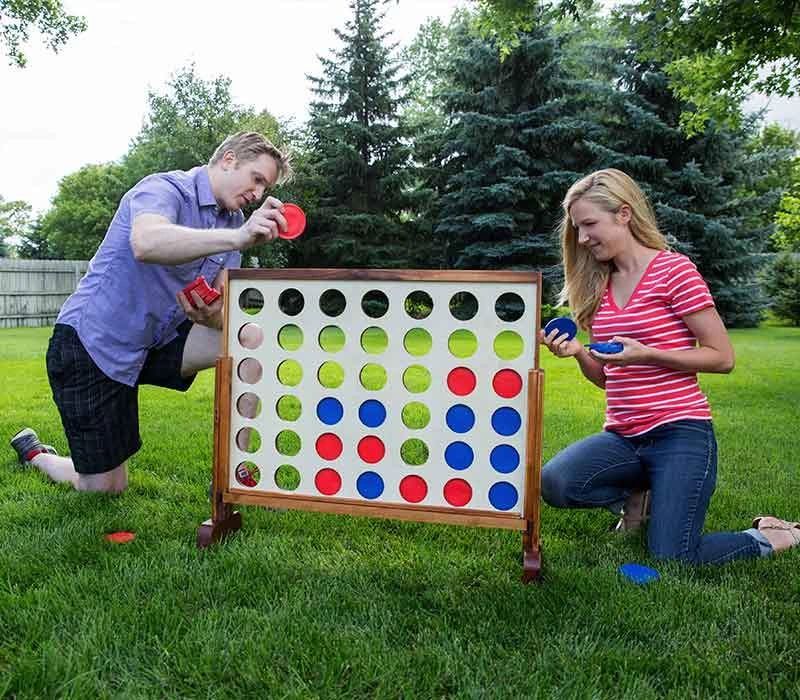Post by Steve King (Admin) on Sept 24, 2006 19:47:16 GMT -6
An ancient and noble sport; a backyard game the whole family can play; a mental and physical challenge; Italians call it Bocce, and the French call it Petanque.
Throwing balls at a target is possibly the oldest known game in the world. The Romans were the first to play the game by the modern rules, though they learned the basic concepts from the Egyptians. Roman soldiers played the sport as a pastime between battles in the Punic Wars, and carried it into all the lands they conquered. The original balls were actually coconuts, brought back by Roman troops from North Africa. Another early form of bocce ball was carved from olive wood. Although variations of this venerable game may be found throughout Europe, Bocce or Petanque has been an official league sport in Italy and France since 1947.
The sport was so popular during the Renaissance that it had to be outlawed in some countries, as it took too much time away from military practices such as archery. The Catholic Church once condemned the game by declaring it a form of gambling; though this has obviously been rescinded since the Pope plays bocce! Sir Francis Drake is reported to have delayed sailing to fight the Spanish Armada because he was in mid-game when news arrived of the imminent attack—“First we finish the game, then we’ll deal with the Armada!”
The sport requires strategy and develops physical skill, while allowing players of all ages and physical attributes a fair chance. A target ball (called a “pallino” or a “pig”), is thrown onto the field of play, and players try to toss the heavier balls as close to it as possible. Points are given for the closest throws. Each ball is marked where it lands. Players may “call” shots to knock closer balls away from the pallino, or simply try to toss a ball closer than the last shot. Looks simple; but takes more skill than you’d think.
Throwing balls at a target is possibly the oldest known game in the world. The Romans were the first to play the game by the modern rules, though they learned the basic concepts from the Egyptians. Roman soldiers played the sport as a pastime between battles in the Punic Wars, and carried it into all the lands they conquered. The original balls were actually coconuts, brought back by Roman troops from North Africa. Another early form of bocce ball was carved from olive wood. Although variations of this venerable game may be found throughout Europe, Bocce or Petanque has been an official league sport in Italy and France since 1947.
The sport was so popular during the Renaissance that it had to be outlawed in some countries, as it took too much time away from military practices such as archery. The Catholic Church once condemned the game by declaring it a form of gambling; though this has obviously been rescinded since the Pope plays bocce! Sir Francis Drake is reported to have delayed sailing to fight the Spanish Armada because he was in mid-game when news arrived of the imminent attack—“First we finish the game, then we’ll deal with the Armada!”
The sport requires strategy and develops physical skill, while allowing players of all ages and physical attributes a fair chance. A target ball (called a “pallino” or a “pig”), is thrown onto the field of play, and players try to toss the heavier balls as close to it as possible. Points are given for the closest throws. Each ball is marked where it lands. Players may “call” shots to knock closer balls away from the pallino, or simply try to toss a ball closer than the last shot. Looks simple; but takes more skill than you’d think.





